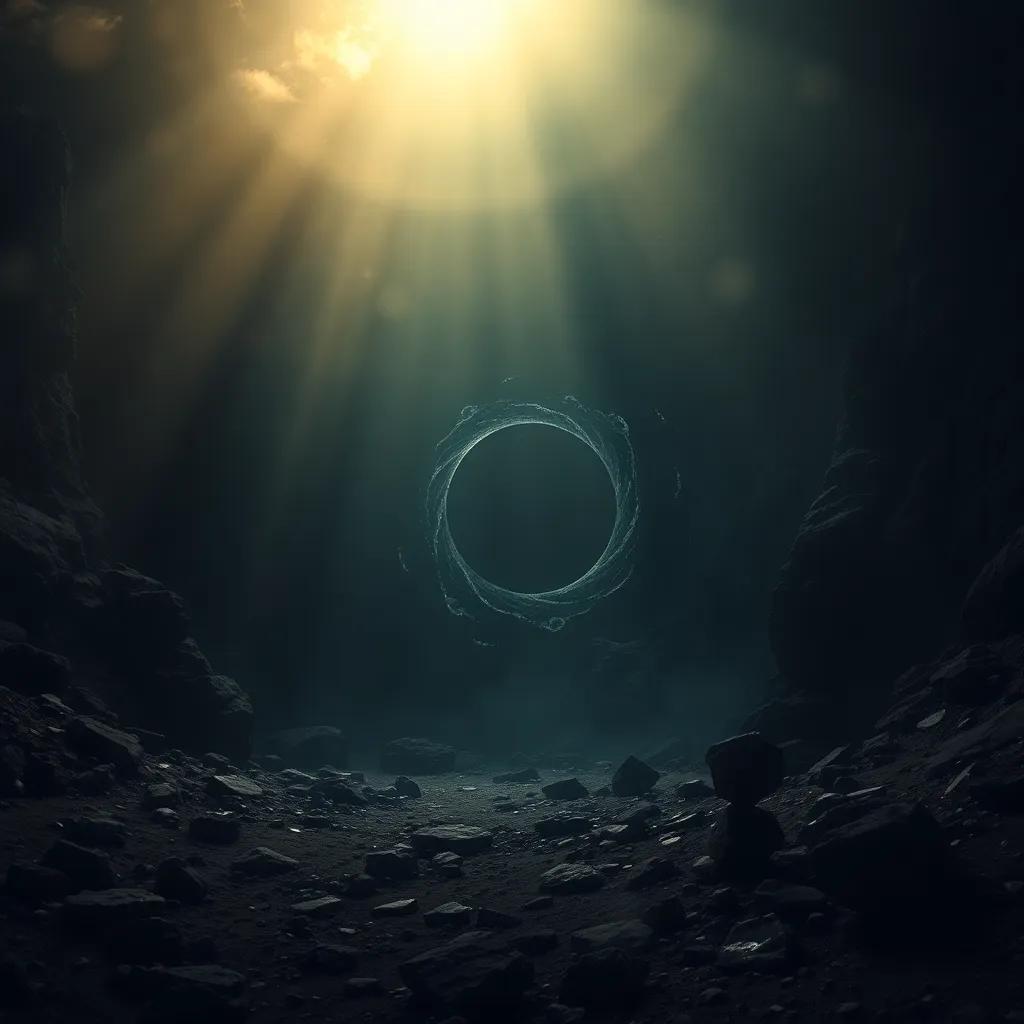### Cosmic Secrets Revealed

In the vast expanse of our universe, black holes stand as titanic mysteries. Picture this: a solar-mass black hole with a temperature colder than deep space. At around 6.2×10^-8 K,it slowly evaporates over a mind-boggling 2.1×10^67 years-much longer than the universe has existed. This chilling fact is a mere whisper of the deeper themes at play.Why does this matter? In our pursuit to understand gravity, thermodynamics, and the essence of spacetime, black holes may hold keys that unlock the universe itself.
As we navigate this cosmic journey,we’ll uncover the intricate connections between entropy,horizon geometry,and the very fabric of reality. Brace yourself-what lies ahead is a interesting interplay between the known and the unknown, where science meets ideology in the grand theater of the cosmos.
### The Dance of Temperature and Time
Imagine the concept of entropy as a tapestry woven into the fabric of black holes. With an entropy (SBH) estimated at approximately 1.07×10^77 k_B, each black hole represents an incredible density of microstates hidden within its event horizon. This astounding number ties directly to the area of the horizon, approximately 1.1×10^8 m²,and the Schwarzschild radius of around 2.95 km-the cornerstone of causal boundaries.
But here’s the twist: the notion that facts is stored in these black hole surfaces hints at a holographic universe, encapsulated by the Bekenstein bound, which accentuates this idea with SBH/k_B being roughly 1.05×10^77. These numerical insights can feel overwhelming, yet they paint a vivid picture of how gravity and quantum theory intersect at the very edges of existence. The consequences are profound, suggesting that our observations might just be the surface reflections of a much deeper reality.
### Contradictions of power and size
Yet, within this vast narrative, contradictions emerge.The Hawking radiation emitted by a solar mass black hole produces a power of only about 3.6×10^-29 W, a vanishingly small amount in contrast to the brilliant luminosity of accreting matter swirling into these cosmic giants. How is it that such immense entities can appear so godlike and yet falter at the simplest acts of power?
This disparity ignites a debate. While traditional physics suggests a straightforward understanding of mass-energy dynamics with E=Mc² (~1.79×10^47 J), the nuanced play of black hole thermodynamics presents complexities that provoke our understanding. Could it be that these black holes are both incredibly powerful and paradoxically weak? The dialogue between their seemingly dormant radiative output and their gargantuan mass invites us to rethink how we perceive energy and gravity at extreme scales.
### Glimpsing the Future
As we look toward the future, the implications of black hole thermodynamics pulse like a heartbeat within the cosmos. They represent not only the end of stars but the potential birth of theories that could unify our understanding of the universe’s forces. What do we stand to gain? Insights into the very nature of space and time, perhaps a resolution to questions surrounding dark matter and energy, and a foothold into understanding the fabric of reality itself.
Yet, as we probe deeper into this enigmatic world, we realize the journey is as crucial as the destination. each question leads us closer to the truth-where gravity plays on quantum strings, and where black holes reveal the symphonic beauty of the universe.
### Eternal Whispering Black Holes

in closing, black holes serve as guardians of cosmic truths locked within their gravitational grip. The study of their thermodynamic properties not only challenges our current understanding but inspires us to dream of what lies beyond. As we seek answers and explore these celestial enigmas, we come to appreciate the intertwined destinies of matter, energy, and knowledge. What mysteries might we yet uncover as we continue our quest through the cosmos?




